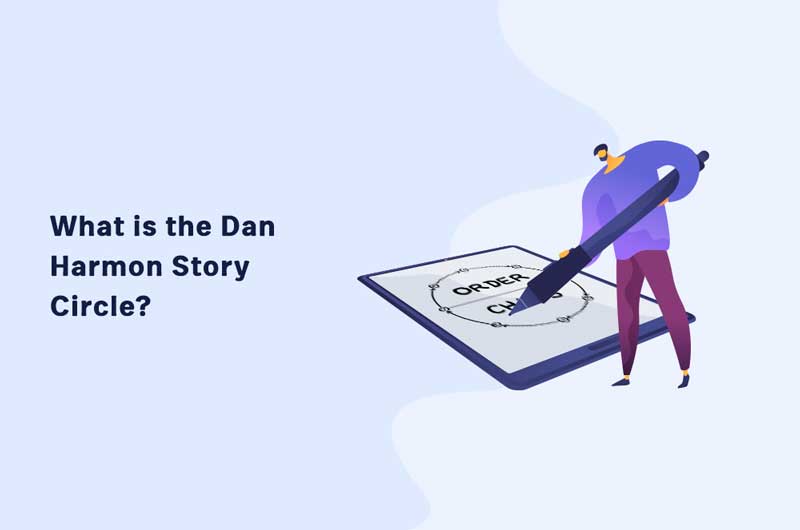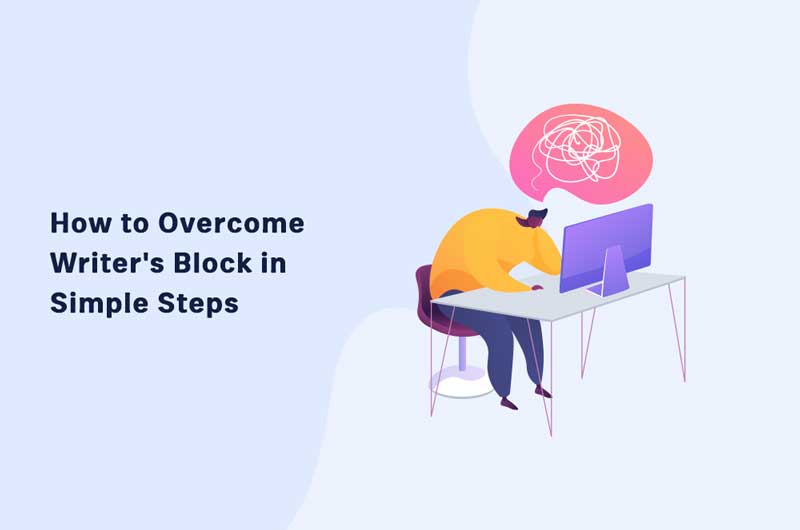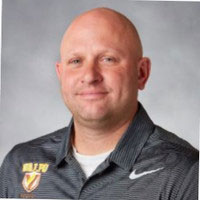Dan Harmon is a writer, producer, and show-runner who have worked on some of the most popular television comedies in recent history. He was one of the creators and writers for NBC’s ‘Community,’ co-creator and executive producer to Adult Swim’s ‘Rick & Morty,’ and currently writes for CBS’ ‘Young Sheldon.’
Dan Harmon’s Story Circle is a narrative structure that has been used for centuries to create compelling stories. It was first introduced by the Greek philosopher Aristotle, and it has been used by storytellers ever since.
The article will go over what Dan Harmon’s Story Circle is, how it works, and some examples from popular media on why it works so well.
What is Dan Harmon’s Story Circle?
Dan Harmon‘s Story Circle has eight parts that follow the journey of the protagonist. This circle is also called the Plot Embryo or the Story Embryo. The eight steps show the main character goes into the outside world with a goal.
The story starts with the protagonist at their lowest point. They face a seemingly impossible challenge, and they must fight to overcome it to reach the next stage of development.
Slowly, the character changes its mindset and comes back a different person.
The eight steps of the story circle are –
- You: The main character is in the zone of comfort
- Need: However, they have certain requirements
- Go: The main character enters an unfamiliar situation
- Search: They adapt to the new situation
- Find: They receive what the needed
- Take: Character has to give a heavy price for getting it
- Return: They come back to the familiar situation
- Change: Character sees a change
This is the simplified version of the circle. However, we will touch on each of these steps in detail in the below section.
Why Is The Story Circle A Circle?
The circle is a natural, common shape when it comes to storytelling. We can see its influence in many different stories, such as Circe from Homer’s Odyssey and the story of Pinocchio.
Dan Harmon takes this idea to heart, using his version of the Story Circle, which works for him and Rick and Morty (we will talk more about R&M later). The circle shows a proper flow to the story, and it looks like a rollercoaster.
The protagonist starts from the top and slowly comes to a low point, after which it again starts to build up. This is how every story is supposed to flow, according to Harmon. This Story Circle can also be seen as a part of Joseph Campbell’s ‘The Hero’s Journey’ or monomyth..
Another example of this would be ‘Save the Cat’ by Blake Snyder. This is a three-act structure that takes into consideration the same story circle. George Lucas has taken great inspiration from the story circle while making the Star Wars franchise.
Other inspired plot points from the story circle would include The Dark Knight, The Matrix, Harry Potter, etc.
The Story Structure in Rick and Morty
Harmon has applied the story circle to the famous TV show, Rick and Morty. The first episode is the most important because it sets up all of the groundwork for what’s to come. The next episodes can be seen as either a subplot or an alternate plotline.
As Rick and Morty continue their journey, they eventually reach another low point, after which more adventures follow on from this moment in time until the series finale. This structure has been applied throughout Dan Harmon’s TV show Community too.
Let us now take a look at how the story circle influences Rick and Morty.
You – Zone of Comfort
The story goes on at a normal level, where Rick and Morty go through different adventures. However, the zone of comfort is disturbed when Morty discovers that Rick engages in arms dealing. This leads to the next stage.
Need – Want Something
Morty falls into an ethical quandary and experiences guilt. He needs to cross a boundary and undo what he sees as ethical damage done by Rick.
Go – Unfamiliar Situation
Morty falls into an unfamiliar situation by defying the orders of his grandfather for the first time. He chases the assassin and kills him accidentally.
Search – Adapt To Situation
Fart, the actual target of the assassin, which is an alien gas compound, is discovered by Morty. He ignores Rick’s instructions and opens the space jail to free Fart.
Find – Receive What Is Needed
Morty makes an ethical choice and saves a life. He feels that he has taken the right step.
Take – Heavy Price
The choice made by Morty has serious consequences. Fart kills several space cops, but Rick and Morty can escape.
Return – Familiar Situation
Rick and Morty return to their familiar situation. Morty realizes that Fart is, in fact, a negative entity that is set out to destroy every carbon-based life form.
Change – Having Changed
Morty changes into someone who will kill. He eradicated Fart and saves the world. Therefore, there is a huge change in his character from what he started.
The Eight Different Stages of the Dan Harmon Story Circle
Here each of the stages has been explained in detail. Moreover, each stage contains an example from the Star Wars movie for better understanding.
You
The first stage, which is ‘You,’ establishes the story’s main character or protagonist. This stage may have a single character or even a team. Here, the true personality of the character(s) is highlighted to get a better understanding.
Without the base stage, it would be hard to create a proper story circle. This is because storytelling is majorly based on this change of character over the whole story. It is from this stage that the viewer will assess the change.
Every person can begin this stage and establish the story circle differently. Christopher Vogler, a screenwriter, uses the theme of the story circle to create his plot lines.
For example, Luke is established who wishes to see the world but is stuck on this uncle’s farm.
Need
After the character has been established, you need to find out what their need is. In this stage, the character may face a dilemma, question, or problem. It is this problem that will form the basis and journey of the protagonist.
For example, at the same time that R2-D2 is delivering Princess Leia’s note, Luke is being invited by Obi-wan to execute the Death Star plans.
Go
Go is the action stage where the protagonist understands his/her needs and works upon them. In every storyline, the protagonist needs to be active. This means that if the character has a need but not a go, the storyline will fail.
During screenwriting, the story must have this step. This is what makes a good story. It is at this stage that the protagonist will venture into a world that is unknown to them.
For example, Luke’s uncle and aunt are murdered, prompting him to leave for Alderaan with Obi-wan.
Search
The search is a complicated stage, and this requires a very clear execution. In any feature film, the search will be more of physical activity. This means the hero would search for a particular thing, and he has to overcome different obstacles.
Great stories generally do not use this range, but you can find this used in different TV series. In the search stage, the screenwriter will show the hero as an unfamiliar world and be thrown into an adventure.
For example, Death Star destroys Alderaan, and Millennium Falcon is stuck in the tractor beam.
Find
The find stage comes with a lot of suspense, tension, and excitement for the viewers. It could also be called ‘the climax’ because it builds up until there are no more obstacles left, leading to the success or failure of the protagonist’s goal.
In this part, all reliefs have disappeared, so you can’t turn back anymore. This may occur in one day or over many years but what matters is how well constructed it was by the writer.
However, it is not always that the character gets what he needs in this stage. However, this is a major area for character and plot development collision.
For example, Princess Leia was rescued by Han and Luke while escaping from Death Star.
Take
At this stage, you need to escape, and you take anything that you get. Even if the hero needs to use the help of an ally, they should take their help and escape. There will also be a heavy loss at this stage for the hero.
Based on the genre of the film, the loss would vary. Moreover, this loss could also be a momentary setback for the main character.
For example, Obi-wan have to sacrifice his life to ensure that the others escape from Death Star.
Return
Return is coming back to the home ground. Here the main character returns to their comfort zone. However, this is the stage that initiates the stage. Here the hero will look back at the journey and go through the change.
For example, Luke eradicates the Death Star with the planned attack of the Rebels.
Change
The last stage of the story circle is the change. Here, the hero has gone through the change as a result of the journey. This change could be both personal and for the world.
The change may not always be a positive one for the protagonist. However, there will be some positive aspects depending on what the journey was.
For example, Luke started his journey as a farm boy and ended up being a Rebel pilot.
Wrapping Up
Overall, Dan Harmon’s story circle comprises four stages: initiation, struggle, death, and change. A screenwriter can apply these steps to many different stories, such as Rick and Morty or Star Wars.
The main goal for any narrative structure should be for the hero to go through an emotional journey that will have both personal changes and world-changing effects. Change is necessary for a story to be interesting, as well.
There are many different ways to tell a story. Still, Dan Harmon’s Story Circle is one of them in which change is an integral part of storytelling while also following some traditional aspects such as initiation and struggle.
You can use the Squibler platform to write your idea.
FAQs
When Did Dan Harmon Create The Story Circle?
In 2009, Dan Harmon created a video outlining his theory of the story circle. It was published in 2011 and has been seen by over one million people as of late 2017. He first came up with it when he was writing for Emmy Awards on NBC back in 2006.
What Influenced The Story Circle?
The influence behind this narrative structure is Walt Disney’s 16-point guide to storytelling that consists of a triangle with three parts: an introduction, rising action, climax or turning point, and then resolution (the opposite corners). These are essentially two triangles overlapping to make the shape when viewed from above.
Does Dan Harmon’s Story Circle Apply To All Stories?
Yes and no. Dan Harmon created the story circle as a means to build up great stories. According to him, no story would be complete without a proper journey of the main character.
Without change, no plot structure would be attractive enough to the audience. That is why the story circle is used in many different movies, irrespective of the genre.
What Does the Story Circle Help People Do?
The Story Circle helps people design and creates stories. This story circle does not deal with the specifics of what a person should do to produce an attractive story, but it focuses on making sure that their story is complete by using narratives as its foundation.
It also distinguishes between beginnings, middle, and end because these three parts are essential for every good story. There should be plot points keeping in mind the story circle.
How Does The Story Circle Work?
The Story Circle is made up of four parts:
- The protagonist
- Their goal (objective)
- A series of events is necessary for the story to be complete and satisfying. Here each event triggers a new change in both their internal life and the world around them. These changes can be either positive or negative, but they must ultimately lead to an emotional transformation within the protagonist. Furthermore, it should bring about conflict between desires at the beginning versus the achievement by its end.
- Finally, there needs to be a consequence that is brought on because of this final change. It is needed to provide closure for those who have read it. This does not necessarily mean something bad is happening; it just needs to be a proper send-off.
The protagonist of Dan Harmon’s story circle is usually the person who is put into a certain situation that forces them to evolve in some way, whether it’s for better or worse.












